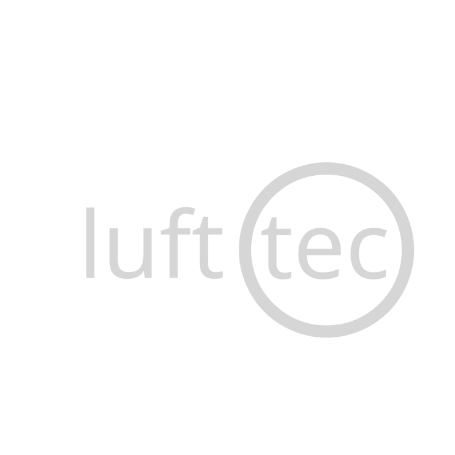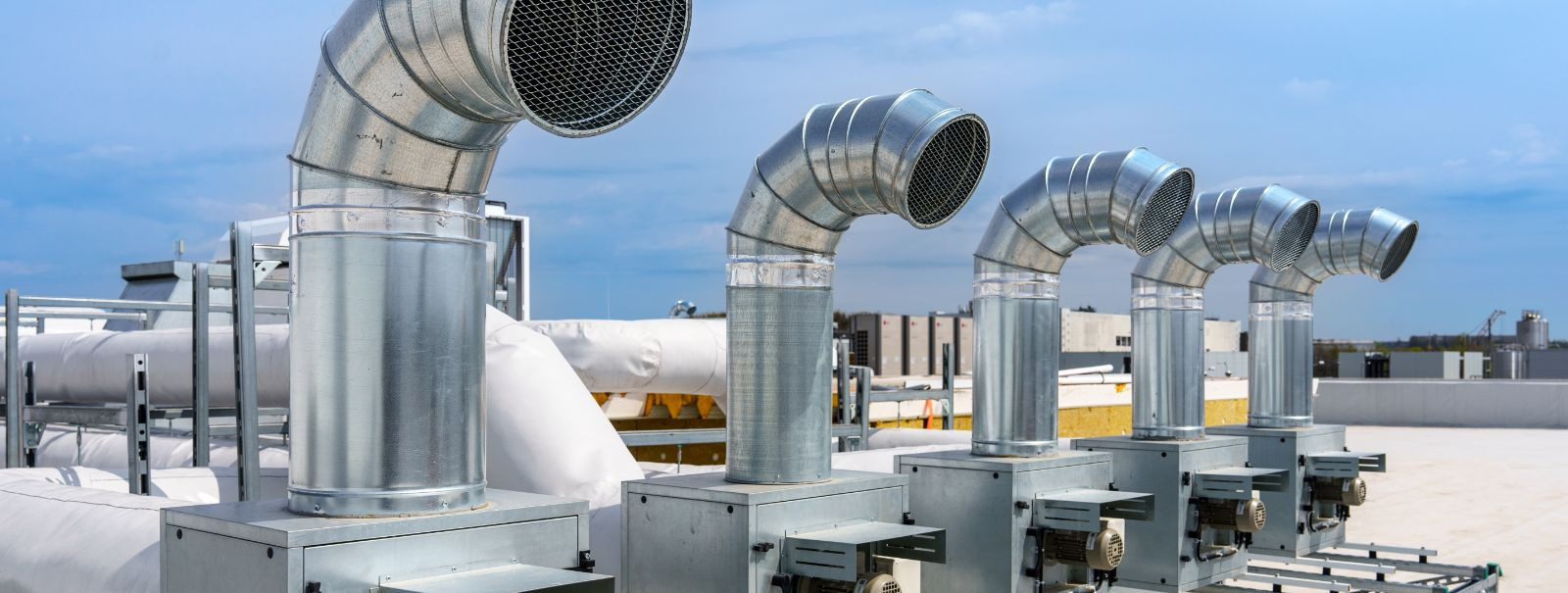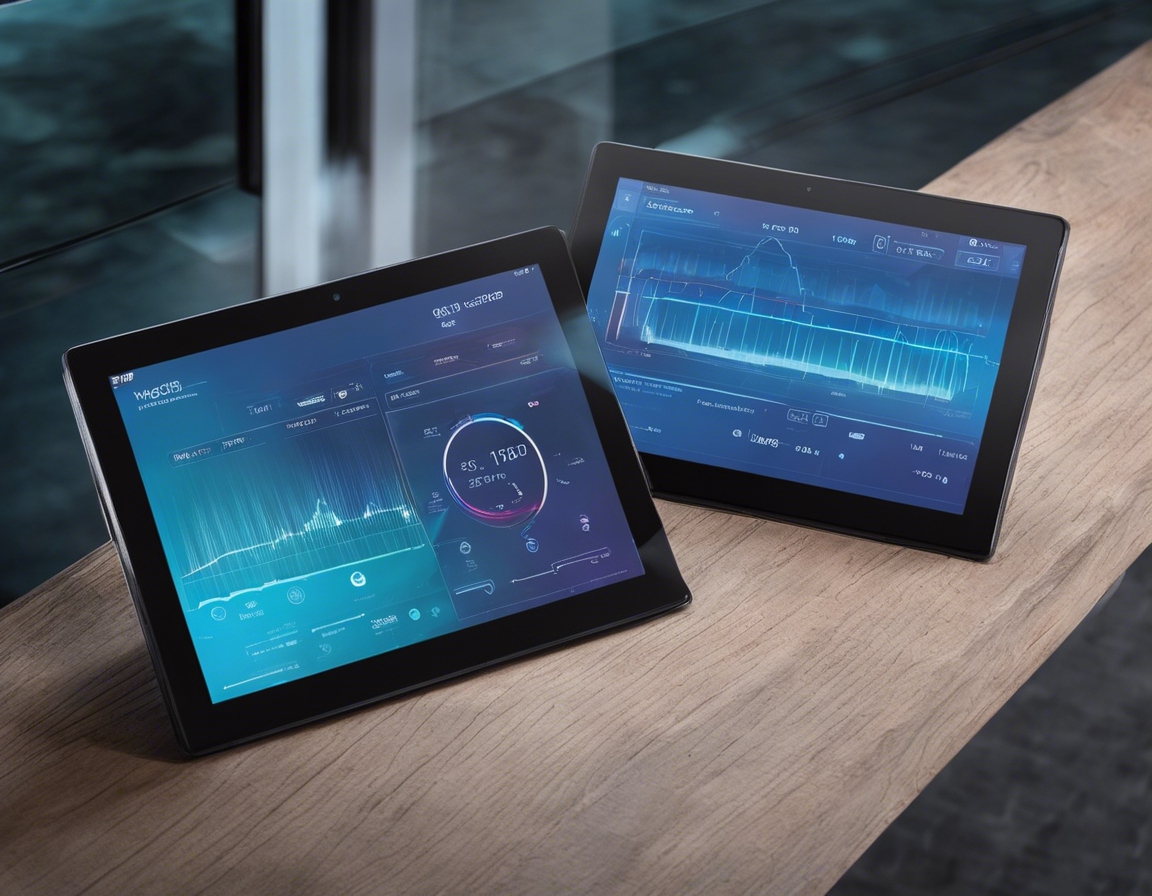How ventilation system automation can save you money
Ventilation system automation involves the use of advanced control systems to regulate air flow, temperature, and humidity levels within a building. By leveraging technology, these systems can adapt to real-time environmental changes and usage patterns to optimize indoor air quality and energy consumption.
Efficient ventilation is crucial for maintaining a healthy indoor environment. It removes pollutants, controls moisture, and provides a continuous supply of fresh air, which is particularly important in urban areas where air quality is a concern.
Cost-Saving Benefits of Automated Ventilation Systems
Automated ventilation systems are designed to provide the right amount of air when and where it's needed, reducing the energy wasted on heating or cooling unoccupied spaces. This precision leads to significant savings on utility bills.
With automation, ventilation systems require less manual intervention, which translates to lower labor costs and fewer errors. Predictive maintenance can also be implemented, allowing for issues to be addressed before they become costly repairs.
By operating only when necessary and maintaining optimal conditions, automated systems reduce wear and tear on HVAC components, extending their lifespan and saving money on replacements.
Automated systems ensure a consistent supply of fresh air, which can improve occupant health and productivity, potentially reducing healthcare costs and increasing business performance.
Implementing Ventilation System Automation
Before implementing automation, it's important to assess the current state of your ventilation system to understand the potential for upgrades and identify any inefficiencies.
Selecting the appropriate automation technology is crucial. It should be compatible with your existing systems and scalable to meet future needs.
For maximum efficiency, ventilation automation should be integrated with other building management systems, allowing for a cohesive approach to energy and operational management.
Continuous monitoring and adjustments are necessary to ensure the ventilation system is performing at its best. Data analytics can help identify trends and areas for improvement.
Financial Incentives and Rebates
Investing in energy-efficient ventilation systems may qualify for government or utility rebates, which can offset the initial costs of automation.
Some insurance companies offer reduced premiums for buildings with automated systems that improve safety and reduce risk.
Automated ventilation systems can increase the value of a property by ensuring it meets modern standards for energy efficiency and occupant comfort.








Comments (0)